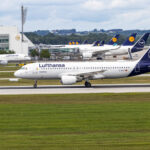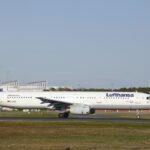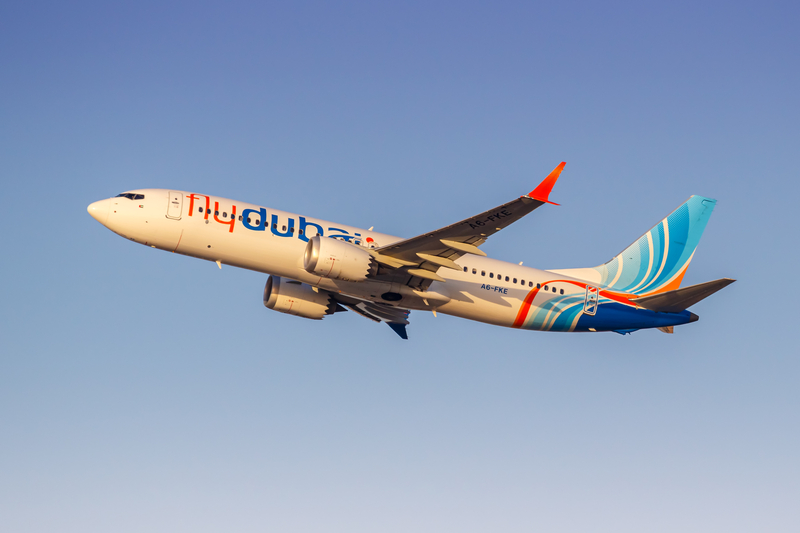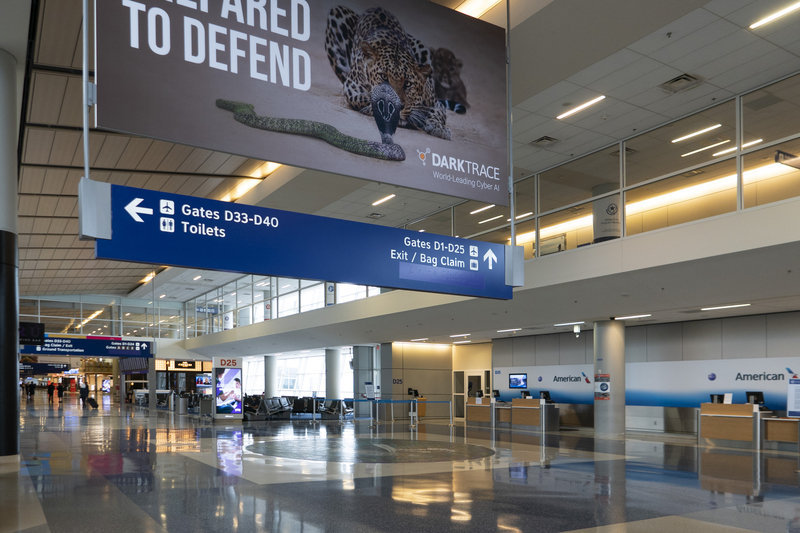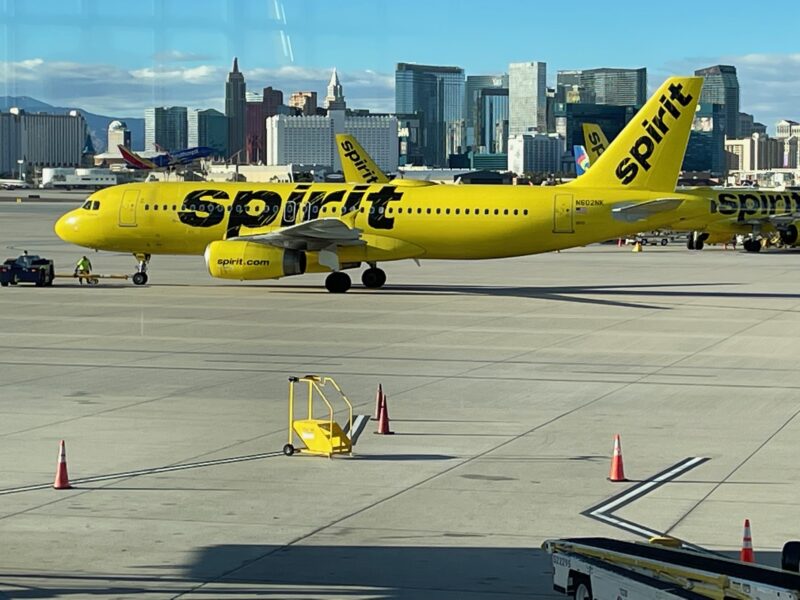Lufthansa A350 Flies Long Way To Cape Town After Overflight Mix-Up
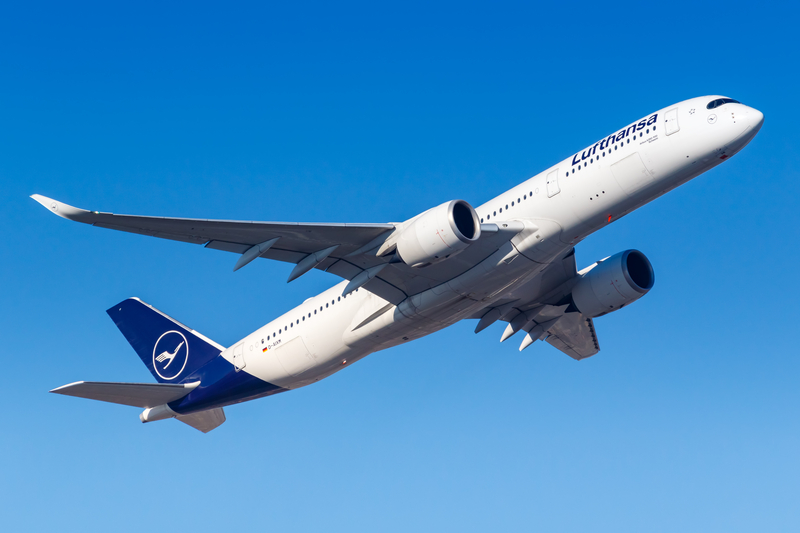
ID 222751791 | Air © Boarding1now | Dreamstime.com
A routine Lufthansa service from Munich (MUC) to Cape Town (CPT) turned into an unusually long overnight trek when the airline’s Airbus A350-900 was forced to route around the African continent after the carrier discovered it did not have the required overflight permissions for parts of its planned track.
Instead of taking the standard southbound routing over the Mediterranean and Central Africa, flight LH574 spent almost the entire journey over the Atlantic, adding close to three hours to the block time.
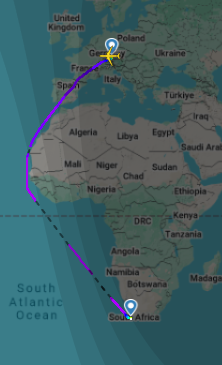
What Happened On LH574
-
Date: Saturday, October 25, 2025
-
Flight: LH574
-
Route: Munich (MUC) → Cape Town (CPT)
-
Aircraft: Airbus A350-900, D-AIXS (delivered in 2024, so roughly one year old)
-
Planned flight time: just over 10 hours for the 5,681-mile sector
-
Actual flight time: 13h04m
-
Scheduled arrival: 07:40 local in Cape Town
-
Actual arrival: 09:58 local
Rather than heading almost due south over Italy, Algeria, Niger, Chad, Angola, and Namibia—the usual MUC–CPT profile in the northern winter—the A350 initially tracked southwest over France and Spain, then stayed over the Atlantic all the way down toward South Africa before turning in to Cape Town (CPT). For a passenger looking at the moving map, it would have looked like the aircraft was flying to West Africa and then just… kept going.
Why Lufthansa Couldn’t Fly The Usual Route
Lufthansa later said that “for reasons that are still unclear, the necessary traffic rights were not available.” In other words, when the final flight plan was filed, at least one of the African overflight permissions required for that day’s operation wasn’t in place, so the airline chose a fully compliant oceanic routing rather than risk an airspace violation.
That sounds odd for a carrier that sends Airbus A350s and Boeing 747-8s to Africa every week—but there’s a likely explanation.
The Seasonal Start-Date Theory
This Munich (MUC) – Cape Town (CPT) service is a seasonal IATA winter route. In 2025, the IATA winter season began on October 26. Lufthansa, however, launched the flight one day earlier, on October 25.
If the airline’s overflight requests were filed starting from the official IATA season change (October 26), but the first actual flight was scheduled October 25, you get exactly this situation: the airplane is ready, the passengers are onboard, the crew is rostered, but one of the African states on the line of flight doesn’t yet have the permit active for that date. You can’t overfly without it—so you go around.
Subsequent flights operated on the normal, more direct routing, which further supports the idea that this was a one-day administrative mismatch rather than a political or safety-driven airspace closure.
Why This Added So Much Time
Overland Africa gives you an almost straight great-circle run from Munich (MUC) to Cape Town (CPT). Going out over the Atlantic, staying west of the continent, and then rejoining the South African FIR adds track miles, and long-haul aircraft flying at high altitude have limited room to “make up” three hours on speed alone because of fuel and ATC constraints.
The Airbus A350-900 has ample range for this kind of detour, especially on a winter-season leisure route that typically isn’t cargo-maxed. Still, the extra flying time meant:
-
More fuel burned
-
Higher operating cost for the day’s rotation
-
A knock-on delay of about 2+ hours on arrival
-
Crew duty pushed to the upper end of the planned envelope (part of why carriers prefer to avoid last-minute long re-routes on night departures)
How Overflight Permissions Work Here
Long-haul flights crossing multiple African Flight Information Regions (FIRs) must have:
-
Overflight/ATC permissions approved for the calendar date of operation
-
Route and level acceptable to each state
-
Any required fees settled/recognized
Some African states are strictly date-specific and less flexible about day-early operations. If the paperwork says “from 26 October,” you don’t overfly on 25 October. The ops center then has two choices: delay or re-route. Lufthansa chose to operate on time, re-routed, which is often the better customer outcome—passengers still arrived in Cape Town (CPT) the same morning, just about five hours later than planned.
What Passengers Experienced
-
No safety issue: This was not an emergency; it was a compliance decision.
-
Longer flight: Cabin crew would have issued updated arrival times; catering on an A350-900 long-haul is generally sufficient to absorb an extra hour or two.
-
Late inbound: Arrival ~09:58 meant missed early-morning connections within South Africa, so some rebooking would have been required at Cape Town (CPT).
Why This Was So Noticeable
Airlines frequently tweak routings to avoid active conflicts, weather, or temporary airspace closures—but not to avoid an entire continent. Seeing an A350-900 from Munich (MUC) to Cape Town (CPT) fly down the Atlantic like a West African service was unusual enough that tracking sites and ATC hobbyists picked it up quickly.
Bottom Line
Lufthansa’s Munich (MUC) – Cape Town (CPT) A350-900 service on October 25, 2025 had to take a much longer Atlantic routing because the overflight rights for the normal African track weren’t available for that specific day. The flight still arrived safely in Cape Town—just under three hours later than usual. All signs point to a one-off seasonal start-date mismatch in the permissions rather than a wider airspace problem, and subsequent rotations have operated normally.
